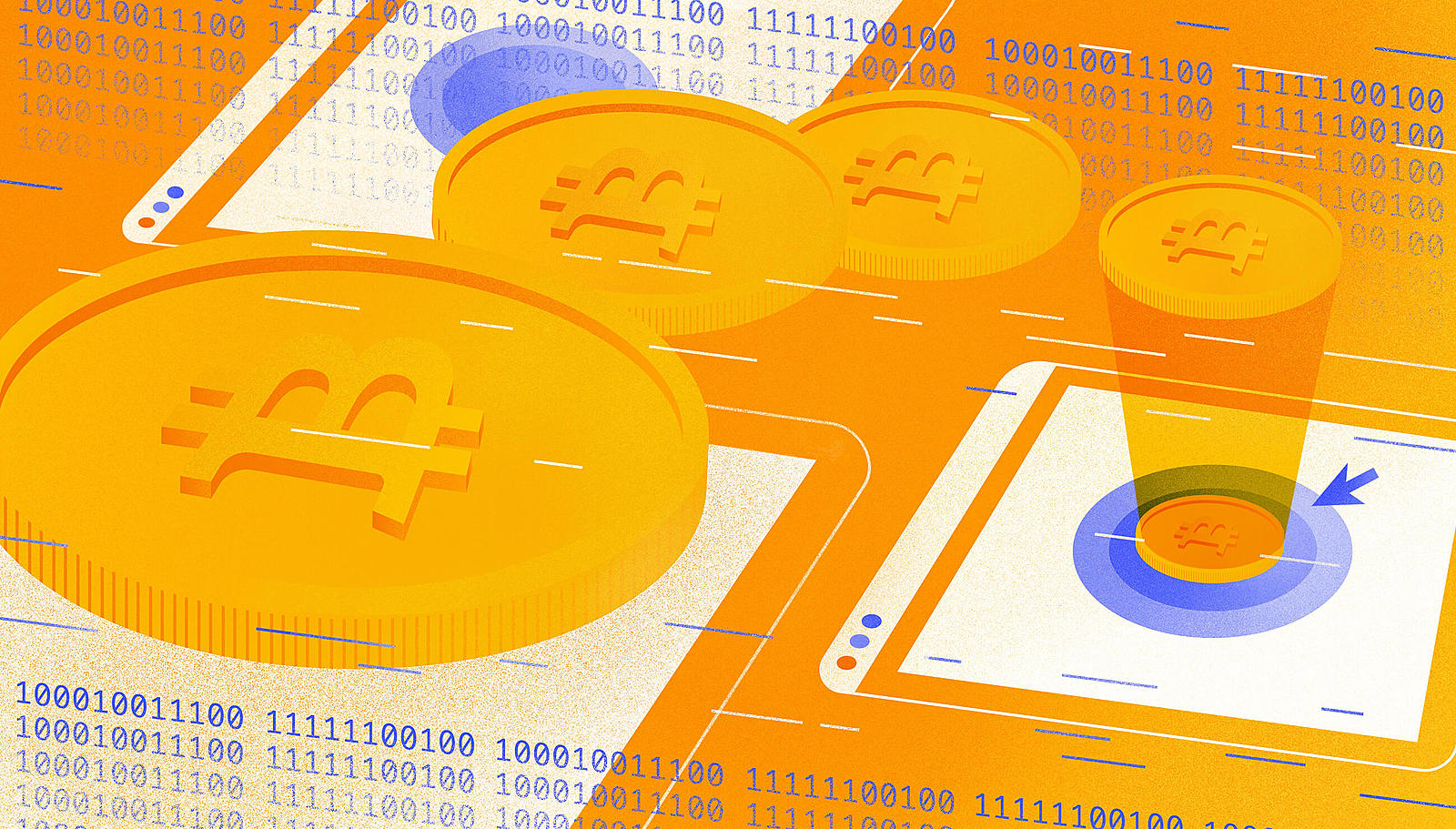Cryptocurrencies have been a very trendy topic and an active area of research and development in the past couple of years.
The trend has resulted in the existence of many usable cryptocurrencies, with different ones focusing on different aspects like transaction speed, decentralization of control, user anonymity, etc.
Despite the proven benefits of using cryptocurrencies, they are far from mass adoption as a means of transferring value.
Most people buying and selling cryptocurrencies do so in the hope of making money, and not to pay for their meal or movie tickets. Interledger protocol is an effort to make cryptocurrency transfers mainstream.
Would you like to pay by Crypto, and why not?
There’s a combination of reasons cryptocurrencies aren’t among the preferred methods of paying for services.
The high volatility of value is definitely a big part of the problem.
Also, using cryptocurrency as payment is simply not convenient.
Case in point: Let’s say I wanted to send some money to a friend from my Cardano wallet to her bank account. First, I have to find a way to sell my Cardano at a reasonable rate.
My friend lives in another country, so I have to figure out how to send the money abroad without paying a fee that’s almost as large as the sum I’m sending. Since my friend lives abroad, the bank will charge a fee ranging from a few euros to a percentage of the amount.
And then I have to wait a few days to see if the transfer really went through. Sometimes my bank can’t even tell if the transfer actually went through and the bank teller’s advice is to check with my friend whether the money was really received.
All in all, it’s a complicated, costly and lengthy process.
Is there another way for cryptocurrencies to travel?
Compare the aforementioned example with sending emails to my friend.
Even though we each use different email providers, based in different countries, we can exchange emails very easily.
The only thing I need to know to forward her a message is her email address. The underlying network infrastructure will figure out how to get the email to the right place without me worrying about anything.
Internet communication is packet-based, and each packet usually fits around 1500 bytes. If the email I’m sending has a large attachment, it will automatically be split into multiple packets.
Each of those packets will find its own way to the destination, each one trying to find the best route to the destination.
Finally, at the destination, the packets will be reassembled and the email will be displayed on the receiving end.
Seamless payment protocol – Interledger
Enter Interledger, an open protocol suite developed with the intention of making payments work as easy as email.
In the Interledger network, there are three main types of actors:
- Sender – which initiates a value transfer
- Router – which applies currency exchange and forwards packets of value
- Receiver – which receives the value
Every sender and receiver are assigned a globally unique address so the money can be routed without any ambiguity – again, just like email.
When you send some money using Interledger, each packet is independently routed over the best available path to the receiver.
That could mean that all packets travel the same route because or it could mean part of the sum travels a different route because it’s faster or cheaper or whatever criteria you want to optimize for.
Note that the route with the shortest number of hops isn’t always the best one. Maybe sending dollars is faster and cheaper if they’re converted to a cryptocurrency and back between the sender and receiver.
The routers exchange currencies, so if I send my friend money from my Cardano account, it will be automatically converted to US dollars.
I only need to know my friend’s Interledger address and the software will do the rest for me – split the money into tiny packets and figure out the best route for them to take.
Will Interledger revolutionize using cryptocurrency as payment?
The concept is definitely interesting and the tools required to fully implement it are available. In fact, Interledger already runs a live network capable of processing thousands of transactions per second.
Getting to the seamless experience described above is not as much a technology problem as it is a classic what-came-first? problem.
To get users, you need a network of routers that can provide some real benefits to those users. To get routers into the system, you need users whose transfer fees will provide an incentive to routers.
Thus, mass adoption depends on Interledger building the network of routers that can provide real benefits to users. The users and routers are the demand and supply of the system – and both are required for the system to really take off.
That being said, only time will tell if and when we’ll be buying our slices with cryptocurrency.







